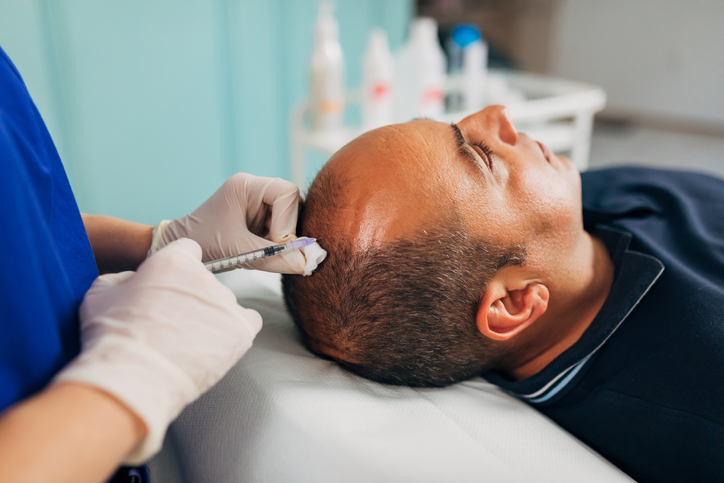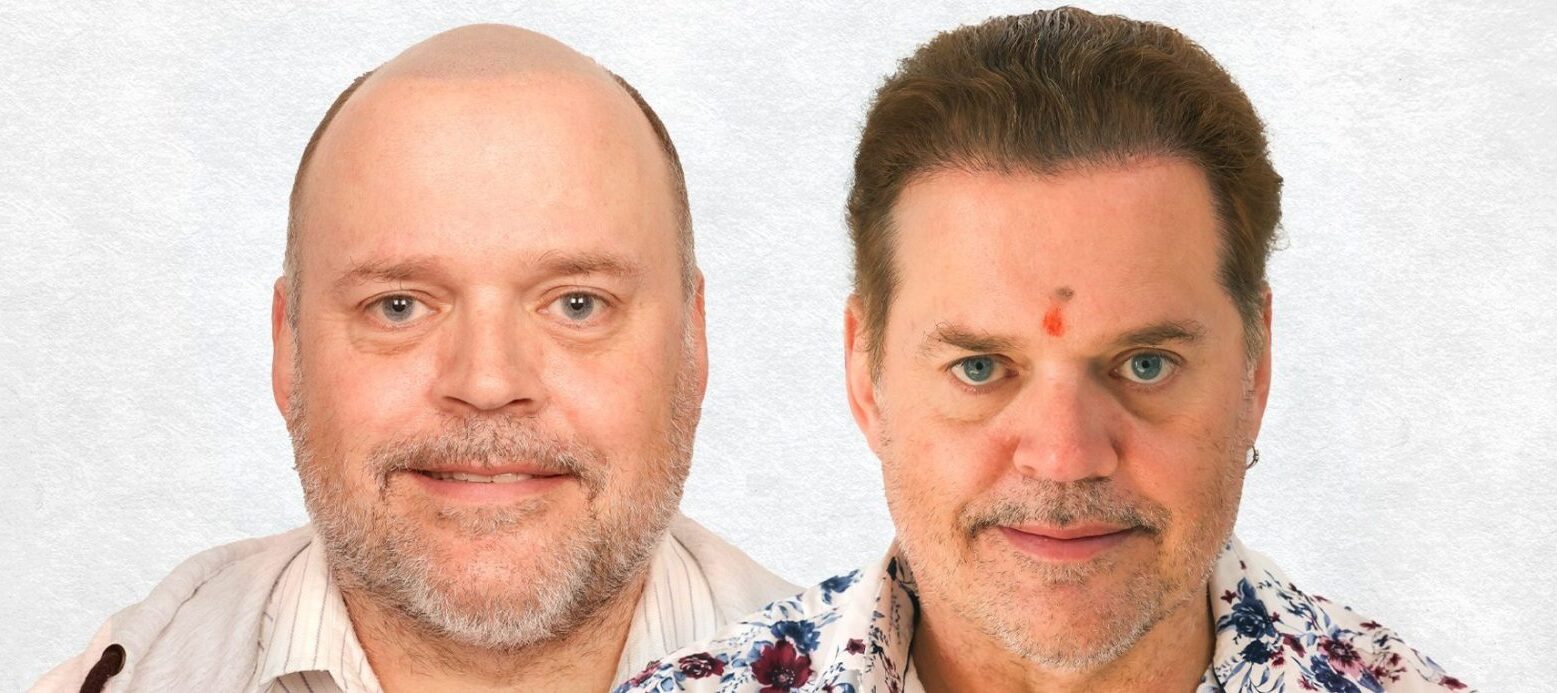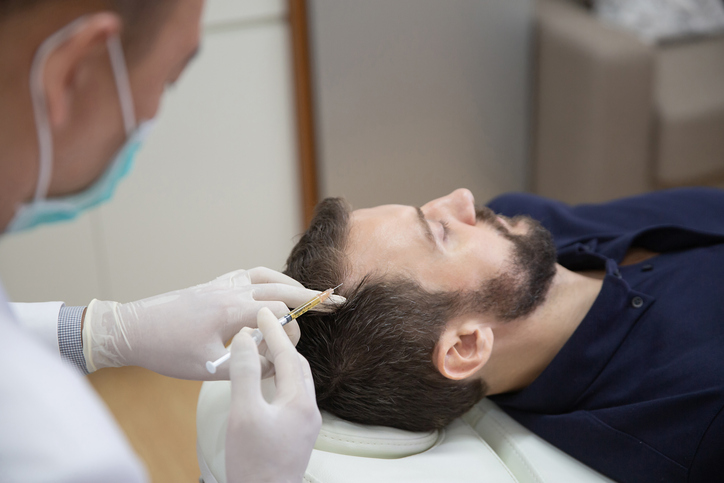Hair loss can be a life-changing decision for many individuals, impacting self-confidence and overall well-being. Fortunately, advancements in medical technology have made hair transplant procedures an effective solution for restoring hair growth. If you’re considering a hair transplant, understanding the recovery timeline is essential to manage your expectations and plan accordingly. This article will outline the typical stages of hair transplant recovery, highlighting what you can expect at each step of the journey.
Stage 1: Immediately After the Procedure (Days 1-2) After the hair transplant procedure, it’s normal to experience some discomfort, swelling, and redness in the treated area. Your surgeon may provide you with pain medication and anti-inflammatory drugs to alleviate any discomfort. It is crucial to follow the post-operative instructions provided by your surgeon, including how to care for the transplanted area, which may involve gentle washing and avoiding direct exposure to sunlight.
Stage 2: Initial Healing (Days 3-7) During this stage, you may notice scabbing or crusting around the transplanted follicles. This is a normal part of the healing process, and it’s essential to resist the temptation to pick at or scratch these scabs, as it may damage the grafts and hinder proper healing. Your surgeon may recommend a gentle saline solution to keep the area clean. It’s also advisable to avoid strenuous physical activities that could dislodge the grafts.
Stage 3: Shedding of Transplanted Hair (Weeks 2-3) Around two to three weeks after the procedure, the transplanted hair may enter a shedding phase. This shedding is a temporary and natural occurrence known as “shock loss” and can be disheartening for some patients. However, it’s important to remember that this shedding is a sign that the hair follicles are transitioning into the next phase of growth. It’s crucial to remain patient and trust the process.
Stage 4: Early Growth (Weeks 4-8) After the shedding phase, new hair growth will gradually begin. During this stage, you may notice tiny, thin hairs emerging from the transplanted area. These hairs are an encouraging sign that the transplanted follicles are starting to take root. It’s important to continue following the post-operative care instructions provided by your surgeon and avoid any harsh treatments or hair products that could potentially damage the delicate new hair.
Stage 5: Continued Growth (Months 3-6) Between the third and sixth month post-surgery, you can expect to see significant progress in the growth of your transplanted hair. The hair strands will gradually thicken and become more substantial. However, it’s important to note that the pace of growth can vary from person to person. Some individuals may experience faster growth, while others may require additional time. Patience and consistent care are key during this phase.
Stage 6: Fuller Hair (Months 6-12) By the sixth month mark, you should start noticing a substantial improvement in hair density and coverage. The transplanted hair will continue to grow and blend in naturally with the rest of your hair. At this stage, you can usually resume your regular hair styling routine, including cutting, dyeing, and styling the transplanted hair as desired. It’s essential to discuss any concerns or questions with your surgeon to ensure you’re on track with your recovery.
Stage 7: Final Results (1 Year and Beyond) Around the one-year mark, you should have a good idea of the final outcome of your hair transplant. The transplanted hair will have fully grown and matured, providing a natural and long-lasting solution to hair loss. It’s important to note that individual results may vary, and some patients may require additional touch-up sessions to achieve their desired outcome. Regular follow-ups with your surgeon will allow for ongoing evaluation and necessary adjustments.
In conclusion, undergoing a hair transplant is a journey that requires patience, diligence, and realistic expectations. The recovery timeline involves various stages, each with its unique characteristics and challenges. Understanding what to expect at each step can help you prepare mentally and physically for the process, ensuring optimal results. Remember to consult with a qualified hair transplant surgeon who can guide you through the entire journey and provide personalised advice based on your specific needs.





